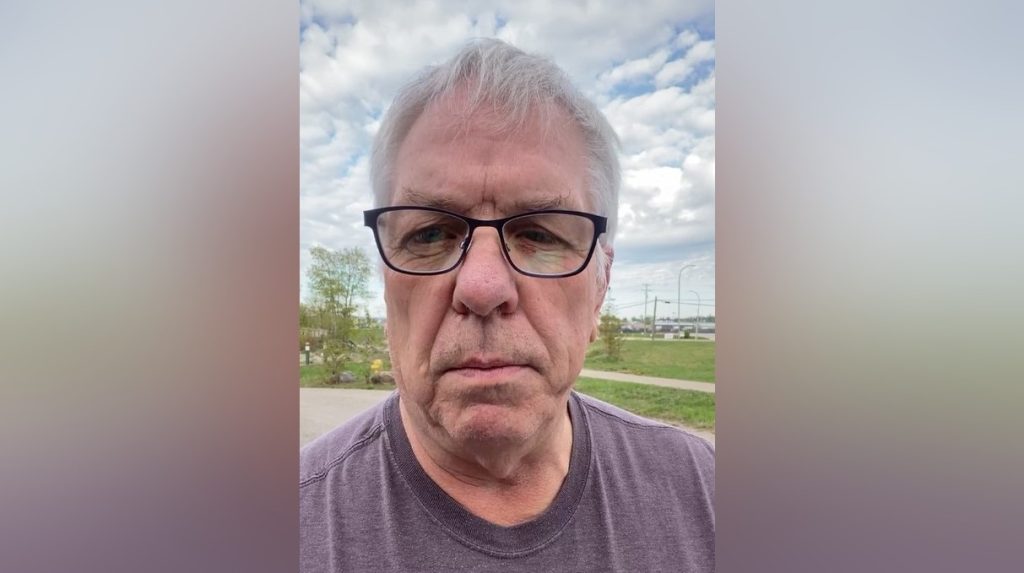Some Surrey schools to see targeted COVID-19 safety measures
Posted March 15, 2021 6:58 am.
Last Updated March 15, 2021 7:00 am.
SURREY (NEWS 1130) – Schools in Surrey are strengthening and expanding public health measures as more potential COVID-19 exposure notices go out to parents.
In a video posted online, the superintendent of Surrey Schools says the district is pursuing targeted measures for more vulnerable schools, where more exposures have been reported.
Video presentation on targeted measures for #sd36learn and #surreybc Case data, school capacity, rationale, measures, process. https://t.co/3uLvoXdw0m Sorry for the 20m length, but it's a bunch of stuff. Thanks as always to comms team. @SurreyTeachers @CUPE728
— Jordan Tinney (@jordantinney) March 14, 2021
Jordan Tinney says the impacts of COVID-19 have not been felt equally across the district — noting that socioeconomic inequality is a major factor in how easily students can self-isolate — and the toll on both staff and students is high.
“This means identifying specific schools based on their community prevalence and/or their exposures, and then these measures would apply to those schools, whereas the universal measures are for all schools,” Tinney said.
The measures come in three parts: universal, targeted, and intensive.
Universal will mean measures considered for all schools, targeted means measures for some schools based on a higher number of COVID-19 cases in the community, and intensive measures will be brought in to schools based on not only on community prevalence, but also repeated exposures or multiple isolations.
“These are tiers of intervention depending on where these schools are in the COVID exposures and isolations in the district,” Tinney explained.
Universal measures:
- Reaffirm mask requirements for all students (middle, secondary) and staff (K-12) in line with provincial guidelines. Exemptions exist
- Reaffirm existing rules that require all teachers to organize classroom spaces to maximize physical distancing, reduce face-to-face contact
- Face-to-face meetings will not take place in a closed office setting. Informal meetings can take place if everyone is wearing a mask, but they must be less than 10 minutes and the appropriate physical distancing needs to be maintained
- Early dismissal once a month to review health and safety plans, allowing time to revisit any adjustments that may be needed. Meetings will be led by school-based Health and Safety Teams
- District-based staff will not visit schools unless there is a critical response or a visit is organized by the principal
Targeted measures:
- Work with medical health officer to identify schools where these measures will be applied
- Schools will reaffirm schedules for photocopying so no more than one adult is in a photocopy room at a time
- Maintenance activities will take place outside instructional time unless it’s essential for service to continue
- Reaffirm all meetings need to take place virtually
- All teachers to teach specific health and safety protocols to their classes (something Tinney says is likely already being done, but additional materials will be provided to help the community understand why these measures are taking place)
- Minimizing ‘platooning’: A practice where subject specialists in upper elementary teach another colleague’s class within a cohort
- Zones of play are reinforced and reviewed or adjusted for lunch and outdoor times. Multiple lunch breaks are considered as options to help reduce interactions between classes
- No external visitors to the school unless it’s essential for service to continue
Intensive measures:
- Work with medical health officer to identify schools where these measures will be applied. These may include sites that have seen multiple exposures with several classes or individuals in self-isolations
- All staffrooms to be closely monitored to limit informal gatherings and to ensure physical distancing, mask-wearing, and cleaning measures are being practiced. Principals are to engage with staff to talk about the importance of limiting informal gatherings inside schools
- Work with schools and partners to consider moving all elementary prep time to a common scheduled time before school begins. This would mean adjusting the start time of identified elementary schools by 22 minutes. Goal is to eliminate adults from moving between cohorts
- Reaffirm that parents are not permitted inside schools unless a visit is organized by a principal
- Work with medical health officer to identify the level of concern when there are multiple people isolated in a class. “We want to ask them to target the whole class and adults for self-isolation as opposed to multiple individuals,” Tinney explained.
- Move StrongStart programs online. This limits the number of adults in a school or who have access to the school
- Students and parents are asked to leave school grounds when school is done to limit gatherings
“We’re trying to protect our staff, we’re trying to protect our children and their families, and support our community, and these measures are intended to reduce the number of cases coming into schools, to mitigate the effects of exposures, and ultimately, to prevent transmission in our schools is what we want to do,” Tinney added.
Surrey’s school district — the largest in B.C. — continues to be a major hot spot, with dozens of possible exposures being recorded in the region.
Related articles:
-
B.C. parents get reminders to observe COVID guidelines over spring break
-
BCTF president hopeful teachers can receive COVID-19 vaccine before summer
-
B.C. mandates masks for middle, secondary students, all staff
While the district is looking at expanded measures for some of its schools, Tinney stresses the work already being done by teachers and staff to keep communities safe.
“We believe that we can do more as a district. I want to be clear: I believe our staff and our schools are doing amazing work, but what about the district overall? What can we do in addition? We think we can do more to support our schools, our staff, and the community where there is an intensity,” he said.
As of Sunday, more than 900 exposure notices have been sent in the Surrey school district.










